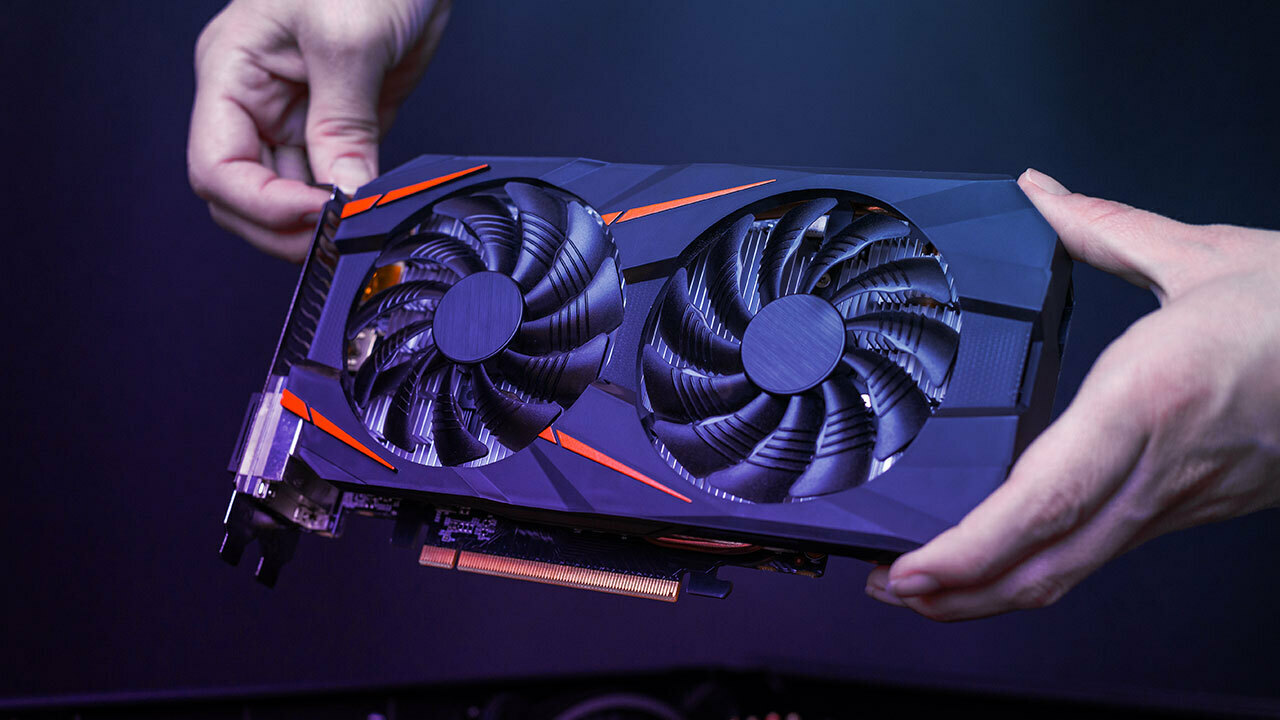
The temperature of your GPU is critical for getting the best performance from your gaming pc. If it’s too hot, clock speeds will drop and you will be leaving performance on the table. Or if it overheats your PC could shut down right in the middle of a game. The ideal GPU temperature ranges from 149 to 185 Fahrenheit (65 to 85C). However, once the temperature starts creeping over 85-90C for an extended period of time you may run in to issues.
This is why there is gaming pc software to monitor the temperature of your hardware. So users can easily track the temperature and be alerted if it goes beyond the ideal temperature. Here are 7 tips to prevent your GPU from overheating:
- Tip 1 – Clean your PC.
- Tip 2 – Replace thermal paste.
- Tip 3 – Improve airflow.
- Tip 4 – Get a new case.
- Tip 5 – Disable GPU overclocks.
- Tip 6 – Consider a liquid cooling system.
Tip 1 – Clean Your PC.
Usually, the main reason your PC gets hot is because of dust buildup. So if you’re PC is running hotter than normal, your first course of action should be to do a bit of cleaning. Clumps of dust can block your case’s ventilation system and restrict your fans from effectively doing their jobs.
Cleaning your PC can significantly improve airflow unit, lowering temperatures and boosting performance. To help you get your PC sparkly clean we have this helpful guide: “How to Properly Clean Your Gaming PC.”
Tip 2 – Replace Thermal Paste.
Thermal paste can dry out and lose effectiveness over time. If your PC is dust free but you are still experiencing heat issues, it is time to Check and replace the thermal paste on your PC to quickly fix any overheating issues you are having.
Choose the highest-quality thermal paste you can find. A high-quality thermal paste will last longer than any lower quality goop, while the standard ones are made from zinc oxide and silicone. Look for thermal pastes that contain silver, gold, or copper, which are better materials for conducting heat – this is the good stuff!
Tip 3 – Improve Airflow.
Another way to lower your GPU temperature is by improving the airflow inside your PC case. Different fan placements inside the case or better cable management can make a difference. Too many obstructions inside your PC case can affect the airflow in your PC, raising temperatures.
Consider adding more fans into your unit as well. Using only one won’t be enough to cool the air for your components, such as your GPU. More fans will effectively help the airflow and significantly improve the temperature inside your PC case.
Tip 4 – Get A New Case.
Before adding more fans to your PC build, consider doing the “open-case” test first to help you know whether the case has something to do with the ventilation issue of your system.
To do the “open-case” test, fire up a demanding game to run the GPU for about 10 to 15 minutes. Do this while the case is closed and check the GPU temperatures. Do the test again after the PC has cooled down, only this time, keep the case open. If you see a notable difference between the two, you should upgrade to a new case that has better airflow.
Get a PC case with more fans to significantly improve the airflow inside your unit. You can also buy one with a more open or mesh design. Just remember to buy a model designed for excellent airflow. Reviews are your friend here.
Tip 5 – Disable GPU Overclocks.
Overclocking your GPU will boost your GPU performance but increase its running temperature, so it is not advisable if you are experiencing heat issues with your current setup. Disable the overclocking to prevent your unit from running overtime.
Once you have disabled it, check your GPU running a temperature to see if it has improved. If not, the best choice until you have a better airflow system is to underclock it.
Undervolting your GPU can reduce the temperature and power consumption of the unit. Once you have upgraded your airflow system, you can set it back to default.
Tip 6 – Consider A Liquid Cooling System.
If you have the budget, switch from fans to a liquid cooling system. Liquid cooling systems are great for gaming PCs with overclocked GPUs. Even if you have a generic fan or stock cooler in an overclocked GPU, the temperature will get relatively high. But a liquid cooling setup will decrease your usual temperatures much lower than what you would hit with traditional air cooling.